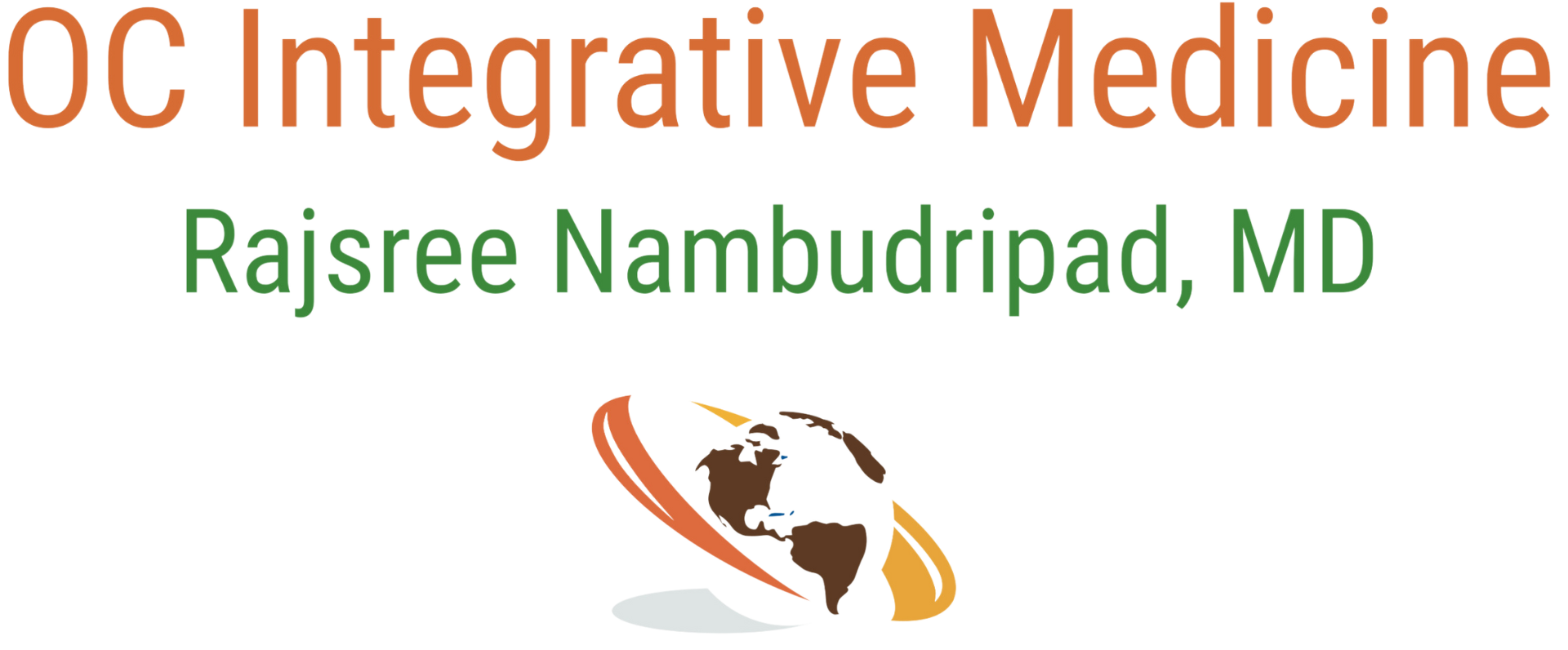


Hi Friends,
As we recognize Breast Cancer Awareness Month this October ![]() , let’s talk about an important but often overlooked factor in breast cancer: the estrobolome. This special part of our gut microbiome is responsible for metabolizing estrogens, playing a critical role in hormonal balance!
, let’s talk about an important but often overlooked factor in breast cancer: the estrobolome. This special part of our gut microbiome is responsible for metabolizing estrogens, playing a critical role in hormonal balance!
Sadly, breast cancer affects 1 in 8 women in the U.S., with Estrogen-Receptor Positive (ER+) cancer being the most common type. In ER+ cases, estrogens aren’t properly metabolized and can drive cancer growth.
How Estrogen Detoxification Works:
1. Liver Detox (Phase 1 & 2)
Estrogens are first processed by the liver through two detox phases, which convert them into conjugated estrogens ready for excretion. Magnesium plays a vital role in Phase 2, not only supporting estrogen detox but also promoting regular bowel movements, another key way we eliminate estrogens from the body.
2. Bile Secretion & Gut Health (Phase 3)
The gallbladder releases bile containing conjugated estrogens into the small intestine, where our estrobolome takes over. This part of the gut microbiome produces an enzyme called beta-glucuronidase, which can de-conjugate estrogens, sending them back into circulation ![]() .
.
The Impact of Beta-Glucuronidase on Breast Cancer
Women with ER+ breast cancer often show high levels of beta-glucuronidase in their gut microbiome due to an overgrowth of bad bacteria, a condition known as Dysbiosis. This enzyme enables the recycling of estrogens, which may contribute to the growth of ER+ cancers.
Supporting Healthy Estrogen Metabolism Naturally:
-
Calcium-D-Glucarate helps block
 the activity of beta-glucuronidase, preventing estrogen recycling and promoting healthier hormone balance.
the activity of beta-glucuronidase, preventing estrogen recycling and promoting healthier hormone balance. - Estrogen Balancer is a potent supplement containing I3C and DIM, compounds found in cruciferous veggies like broccoli
 . These promote Phase 1 liver detoxification and help shift estrogen metabolism toward healthier "clean" estrogens while reducing harmful “dirty” estrogens. I like to call it the "broccoli pill" for its powerful benefits!
. These promote Phase 1 liver detoxification and help shift estrogen metabolism toward healthier "clean" estrogens while reducing harmful “dirty” estrogens. I like to call it the "broccoli pill" for its powerful benefits! - Optimize Your Vitamin D: Maintaining a vitamin D level between 60-80 ng/mL is a simple but powerful way to support breast cancer prevention.
- Take Essential Magnesium at bedtime. Not only will this improve your sleep quality, it will also facilitate your liver's metabolism of estrogens and promote healthy bowel regularity.
- Clean up the dysbiosis in your gut microbiome with herbal antimicrobials like Berberine Pro and Oregano Oil. These herbs can kill the "bad" bacteria in the gut that are producing the high levels of beta-glucuronidase which is recycling the estrogens.
- Avoid alcohol, which slows the liver's metabolism of estrogens. Women who drink alcohol regularly have a higher risk of breast cancer.
For a deeper dive into estrogen metabolism and how it impacts your health, please watch my video on Estrogen Dominance.




Warm regards,


